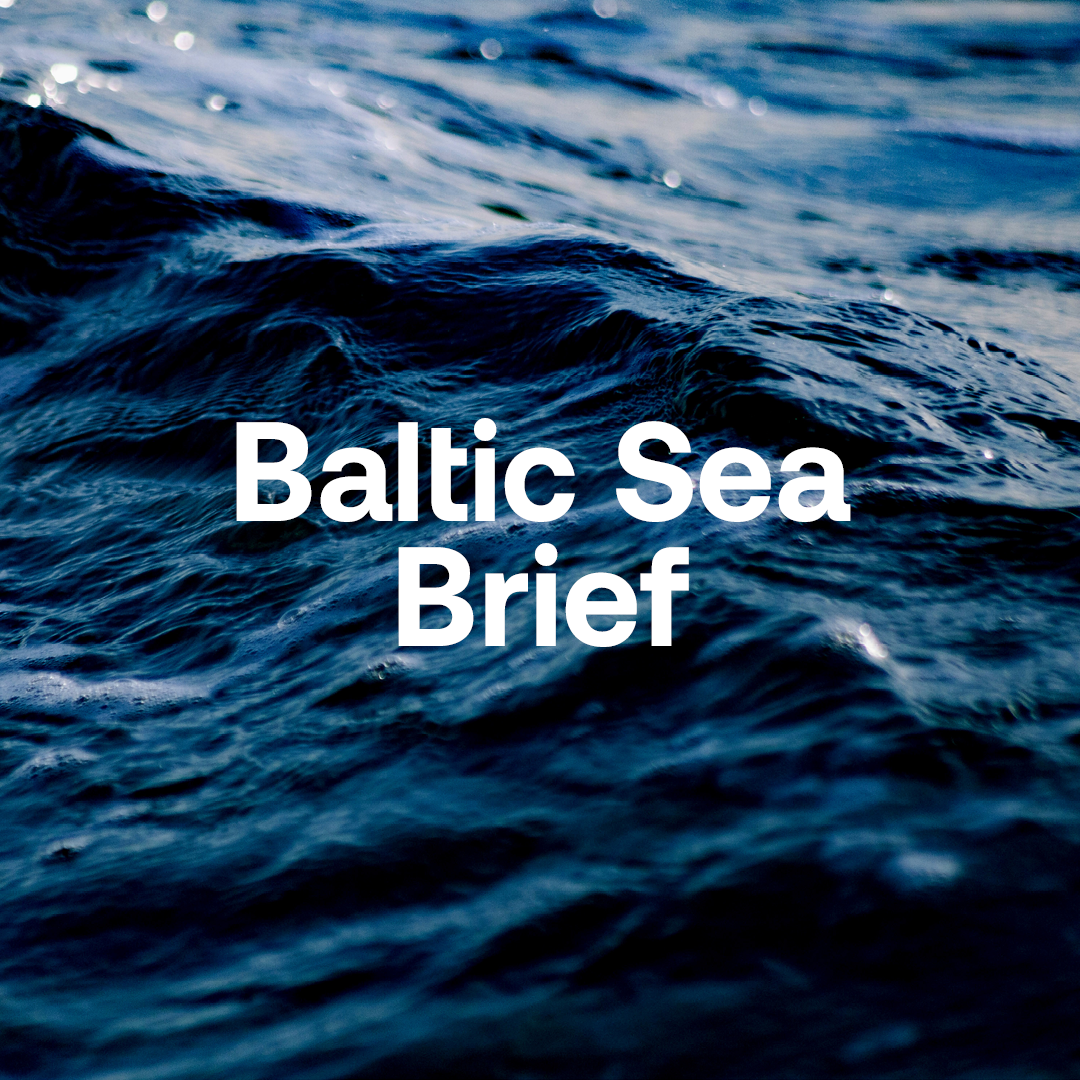Mink or human – who should be eating the herring?
Herring has long been a staple commodity along the entire Baltic Sea coast. Historically, Swedish archipelago residents have paid their taxes with herring, and Stockholmers queued to buy herring and sprat during the mobilisation years of WW2. In recent decades, the Baltic Sea has suffered much due to large-scale fishing. The cod stocks have collapsed, and many other species are threatened. As we have detailed in previous Baltic Sea Brief, herring stocks in the Baltic are in bad shape. Why are our priorities so wrong?
In Sweden, coastal fishermen are catching significantly fewer fish, not finding enough herring to cover the demand for human consumption. Meanwhile, large amounts of herring are still being fished, but for industrial use. In 2022, the total Baltic Sea fishing quota for herring was more than 160,000 tonnes, with over 90 per cent of the Swedish catch used in salmon farming, chicken factories and mink farms, for example (source: Swedish Agency for Marine and Water Management).
The large-scale fishery burdens society with huge costs and places stress on the environment. Yet it is allowed to continue – probably because the knowledge of the negative impact and the industrial usage is low, and perhaps because people think of small-scale fishermen when they hear of fishing. One argument offered for continuing industrial fishing is that demand for herring for consumption is low, so it is easiest to sell the catch as fishmeal. The fishmeal market pays very poorly compared to the market for fish that are sold as human food.
Is using fishmeal for salmon and mink a sustainable way of using Baltic Sea fish, when the risks are so great, and the fish are sold at a rock bottom price?

Large-scale trawling has no place in the Baltic Sea
The huge volumes of fish taken by industrial fishing places entire populations of herring at risk, weakening the Baltic’s ecosystem. The industry also fishes near the coast, where herring is an important food resource for coastal fish such as pike and perch. This destroys the conditions for viable stocks of the coastal fish, for coastal fisheries and for recreational fishing.
In all essentials the Baltic Sea resembles a lake, with its slow water exchange and few species. Commercial fishermen are prohibited from using trawlers in lakes, as doing so would present too great a risk of fishing out entire populations. The Baltic is equally unsuited for large-scale industrial trawling.

Is it healthy to eat Baltic herring?
Baltic Sea herring is healthy food according to the IVL Swedish Environmental Research Institute, based on its December 2020 analysis of dioxin content in fish. The National Food Administration’s recommendations state that most people can eat herring and Baltic herring from the Baltic Sea once per week, with the exception of children and pregnant or nursing women. Consumers do not need to be concerned that eating herring and Baltic herring will exacerbate the Baltic’s environmental problems, since small-scale fishing for human consumption is so limited in scope and is most often operated with less harmful equipment.
As a result of the National Food Administration’s nutritional guidelines and interpretations thereto, demand for herring and other Baltic fish is lower than it should be. The nature of fishing in the Baltic has changed completely due to the lower demand. Industrial fishing is now dominated by a few very large trawlers, which in Sweden fish increasingly close to the coast – in some cases with exemptions to fish within the trawling border. This is a contributing factor to the disappearance of Baltic herring from archipelagos and coastal bays.
The combined effect of the actions of multiple government agencies is benefitting large-scale industrial fishing while negatively affecting small-scale coastal fishery, which supplies its catch to restaurants and grocery stores in the form of human food.

Finland: Eat more domestic fish
The Finnish government has adopted a programme to double the consumption of domestic fish such as Baltic herring. The Swedish government does not have anything close to that ambition. There is scarcely any mention of fish in the 2017 Food Strategy or the follow-up 2020 and 2021 action plans. The Food Strategy refers instead to the Swedish Agency for Marine and Water Management’s programme, which is based on the EU’s fishery policy and does not include any concrete proposals for encouraging more consumption of domestically caught fish.

Everyone benefits from small-scale coastal fishery
Marine tourism is the largest marine industry in Sweden. Small-scale fishery, with local processing and sales that create jobs and generate local revenue, is a key component of marine tourism. There are still regulations in place that make it difficult for local initiatives and favour large-scale fishery. As an example, fishing rights holders who operate restaurants but have no commercial fishing liscence are prohibited from serving fish they have caught in their own waters. A change to this regulation, along with several other bureaucratic rules that interfere with local fishery and processing activity, was among the announcements issued by Parliament to the government in November 2021.
A study of Öresund conducted by BalticSea2020 confirmed the much greater values produced by small-scale fishery, fishing tourism and recreational fishing.
How to use more Baltic herring for food rather than fishmeal
- Prioritise consumption of domestic fish over industrial fish.
- Drastically reduce quotas.
- Limit the Baltic Sea fishery to local fisheries with boats that leave from and return to the same port and where catches are sorted and processed for food.
- Simplify the regulatory framework for local fishery as a component of marine tourism.
- Focus on the National Food Administration’s nutritional guidelines rather than threshold values and take steps to ensure a balanced presentation of the issues surrounding dioxins in fatty fish.

